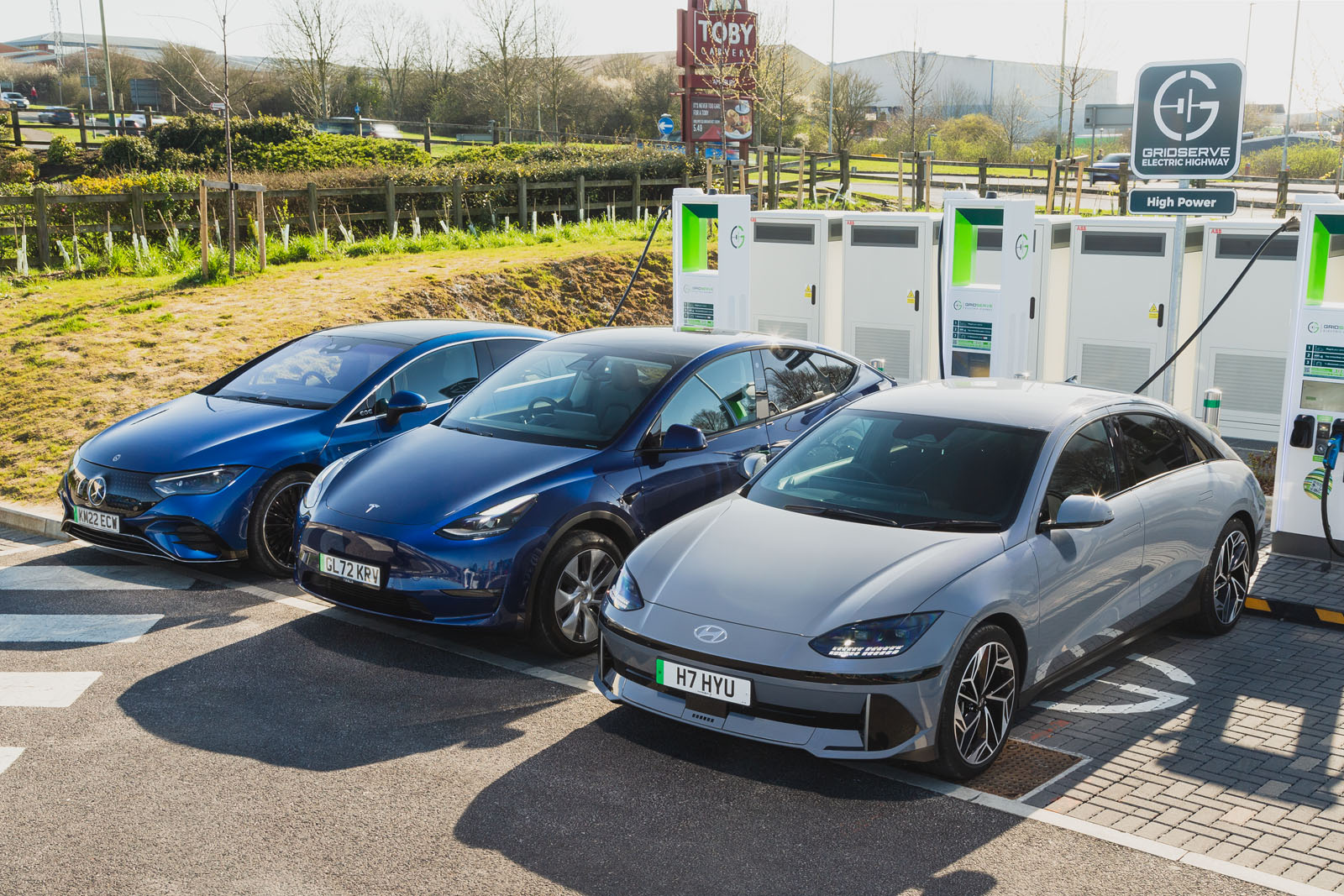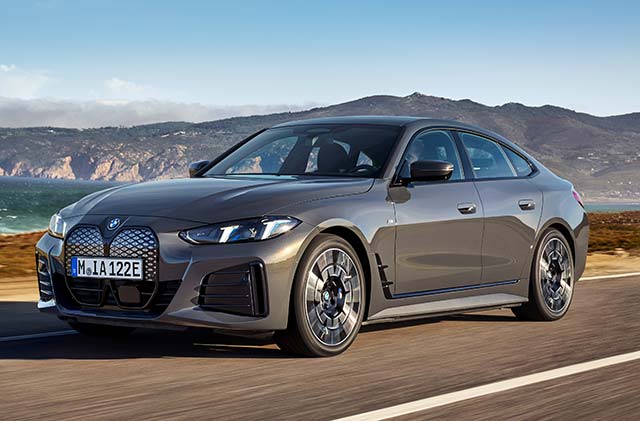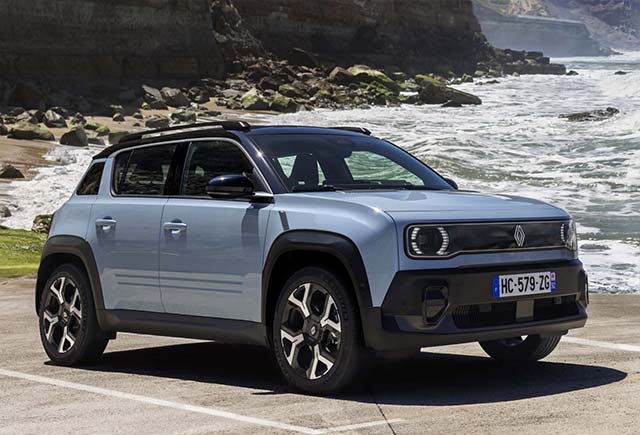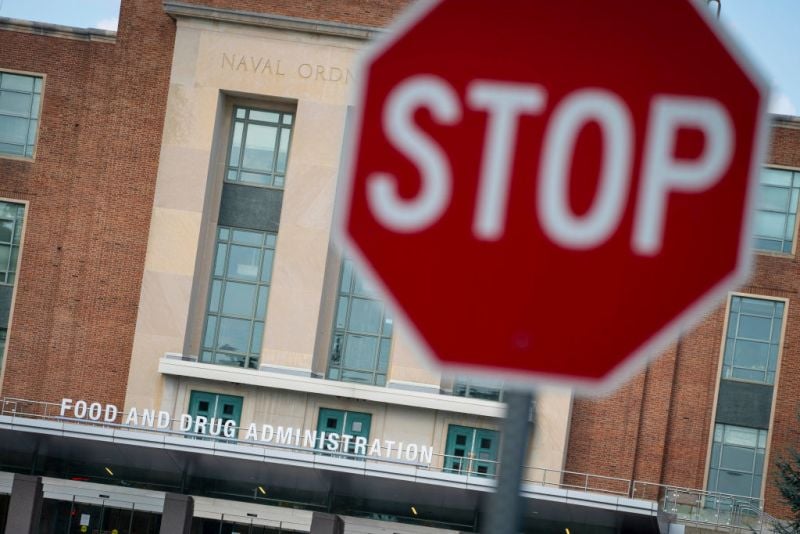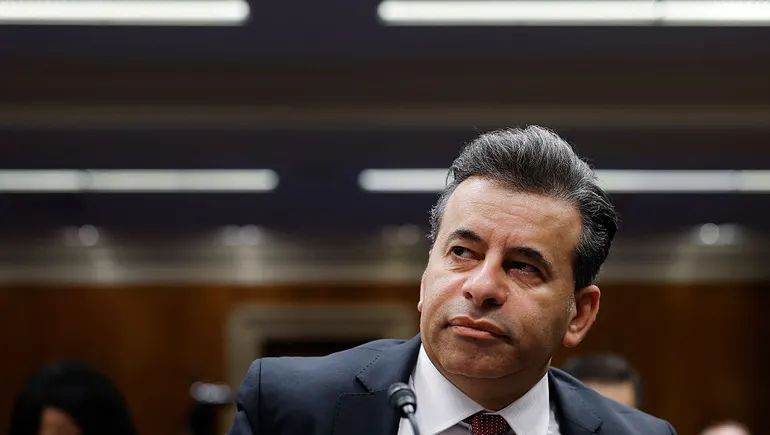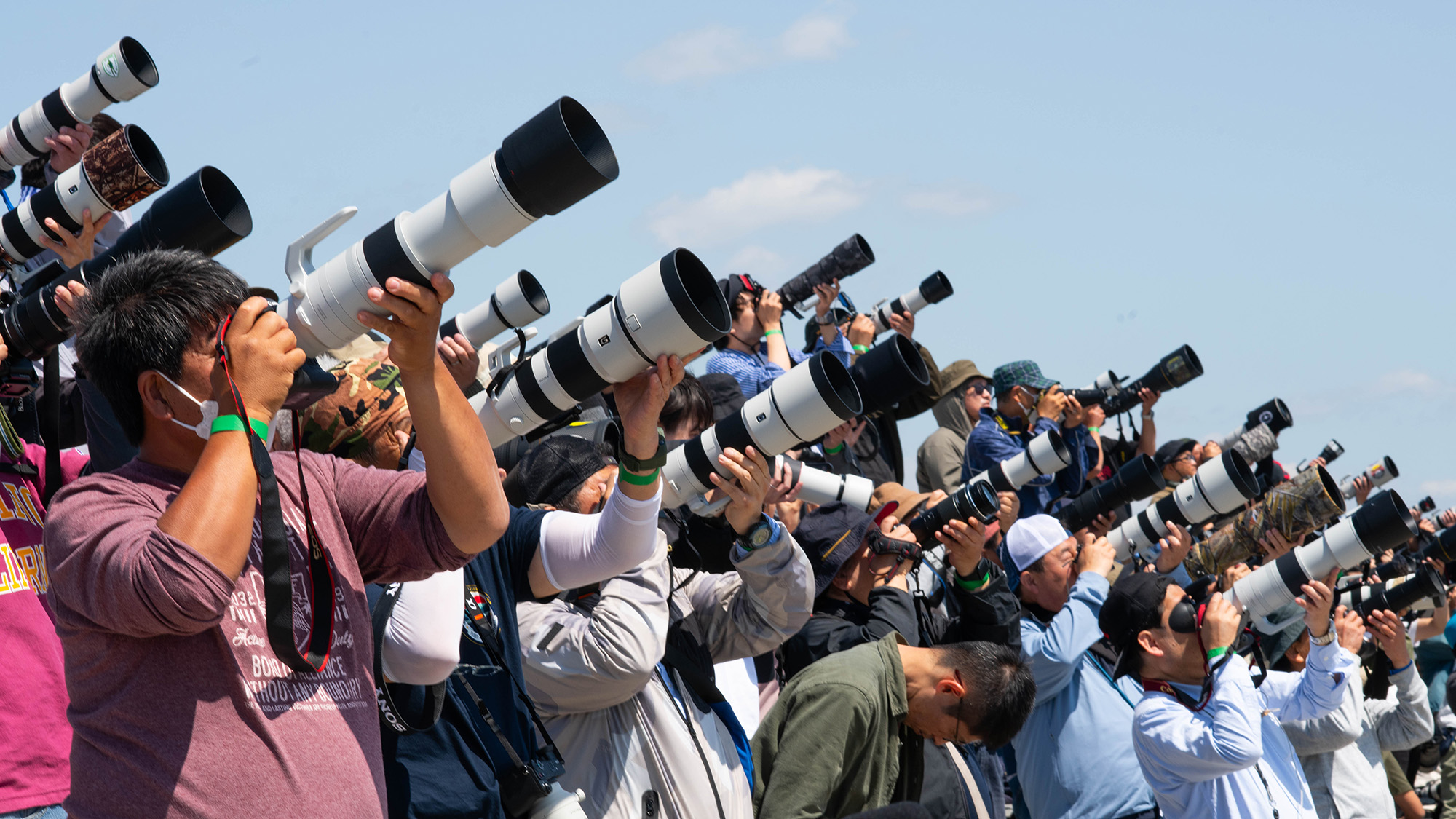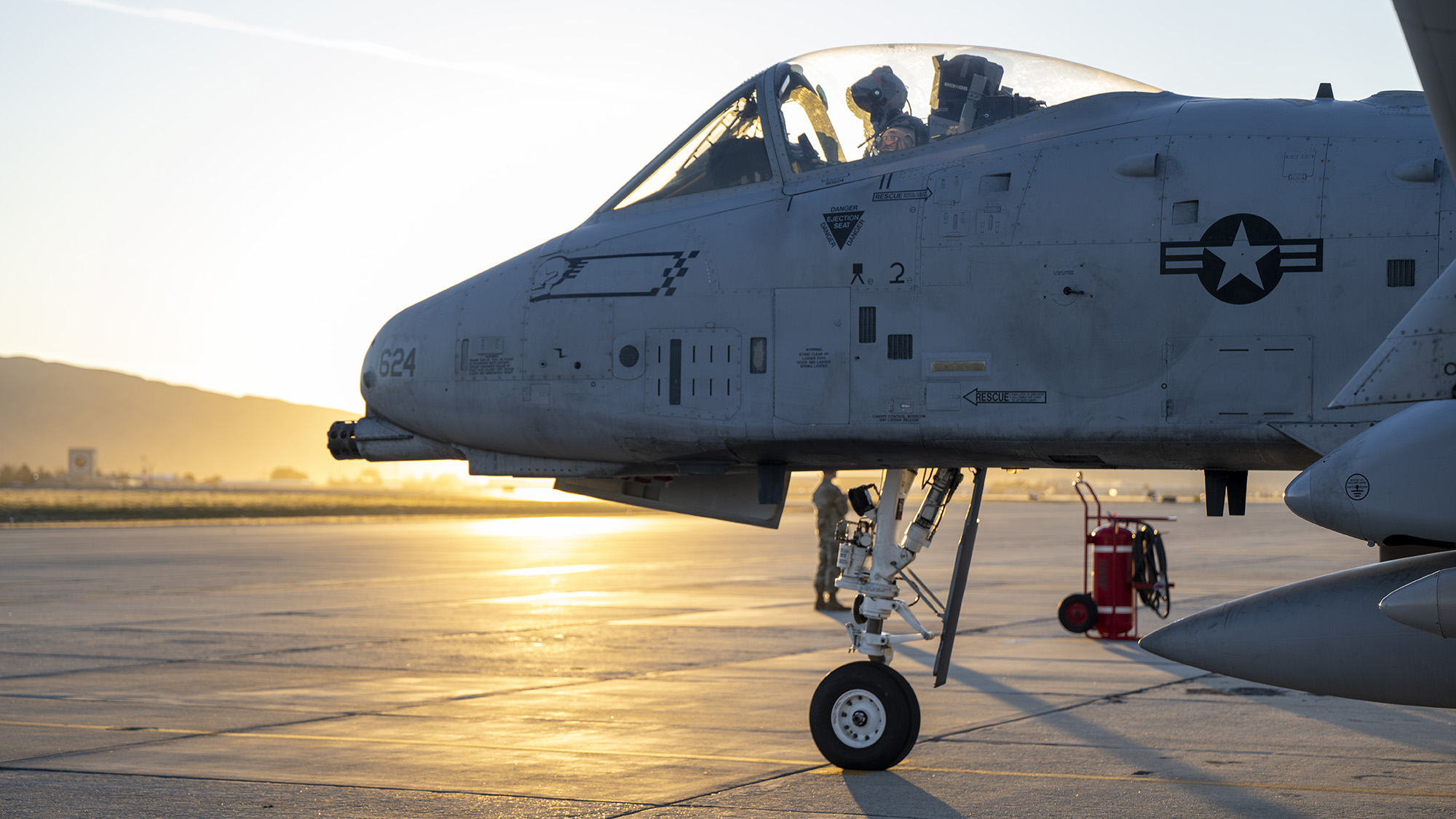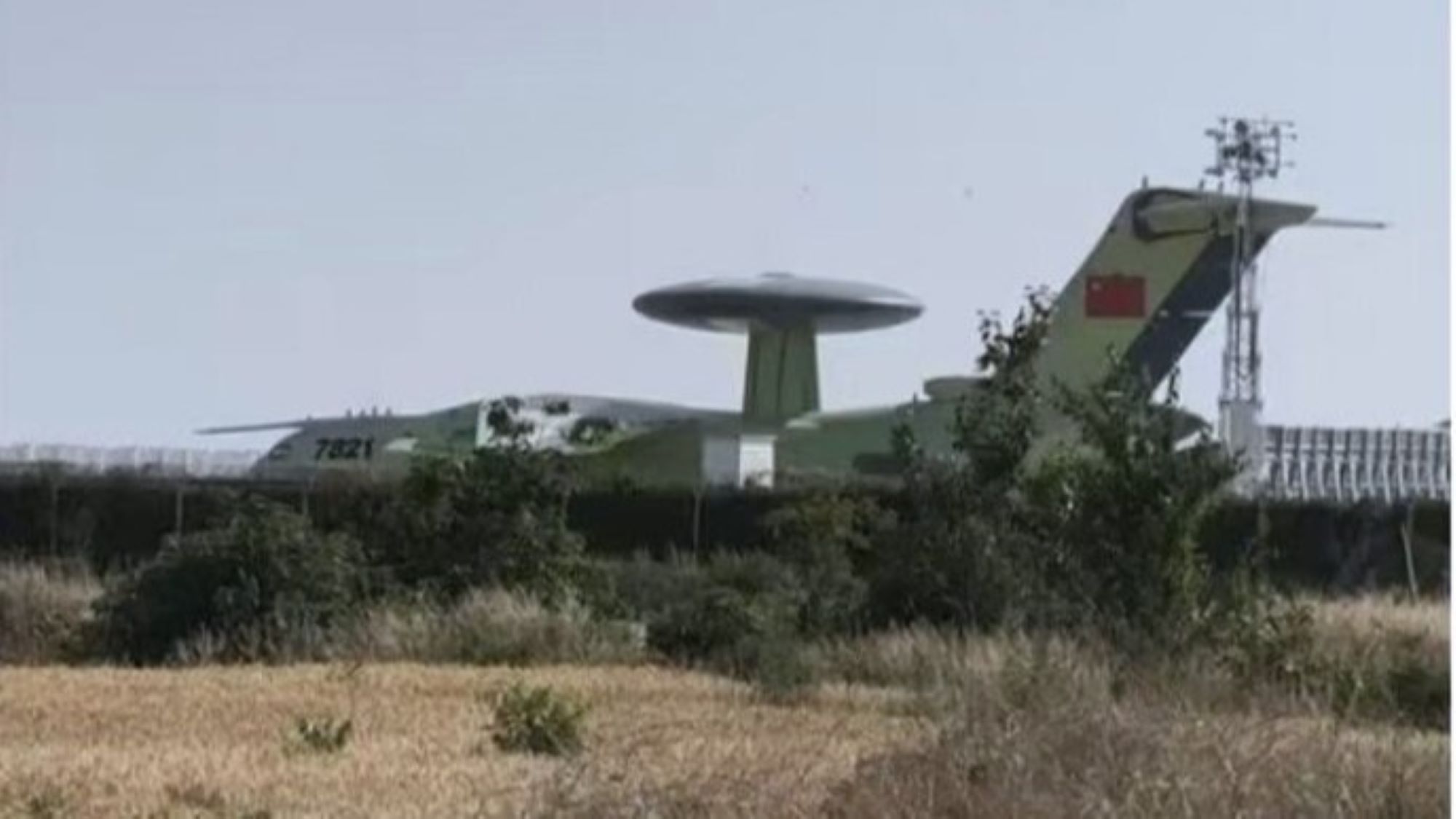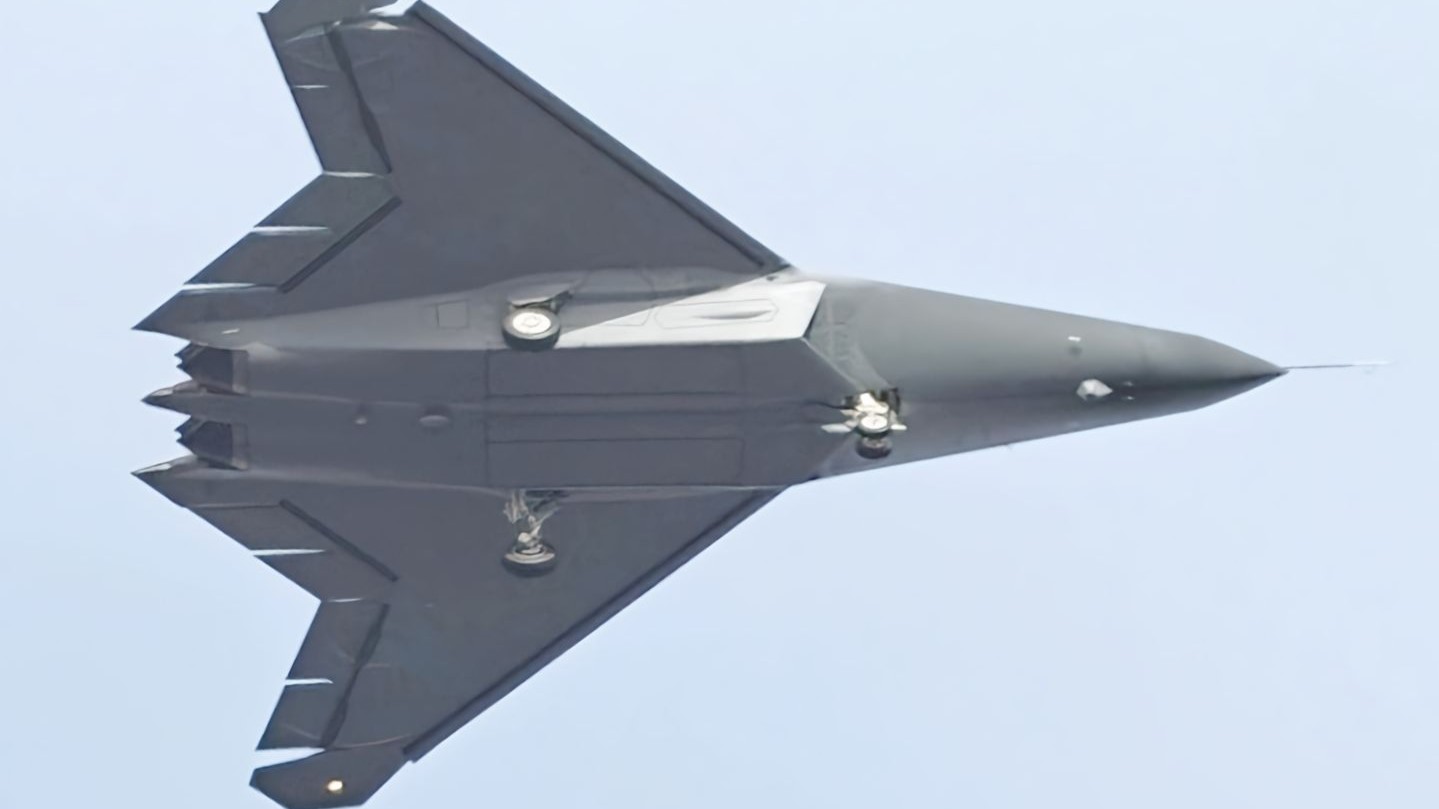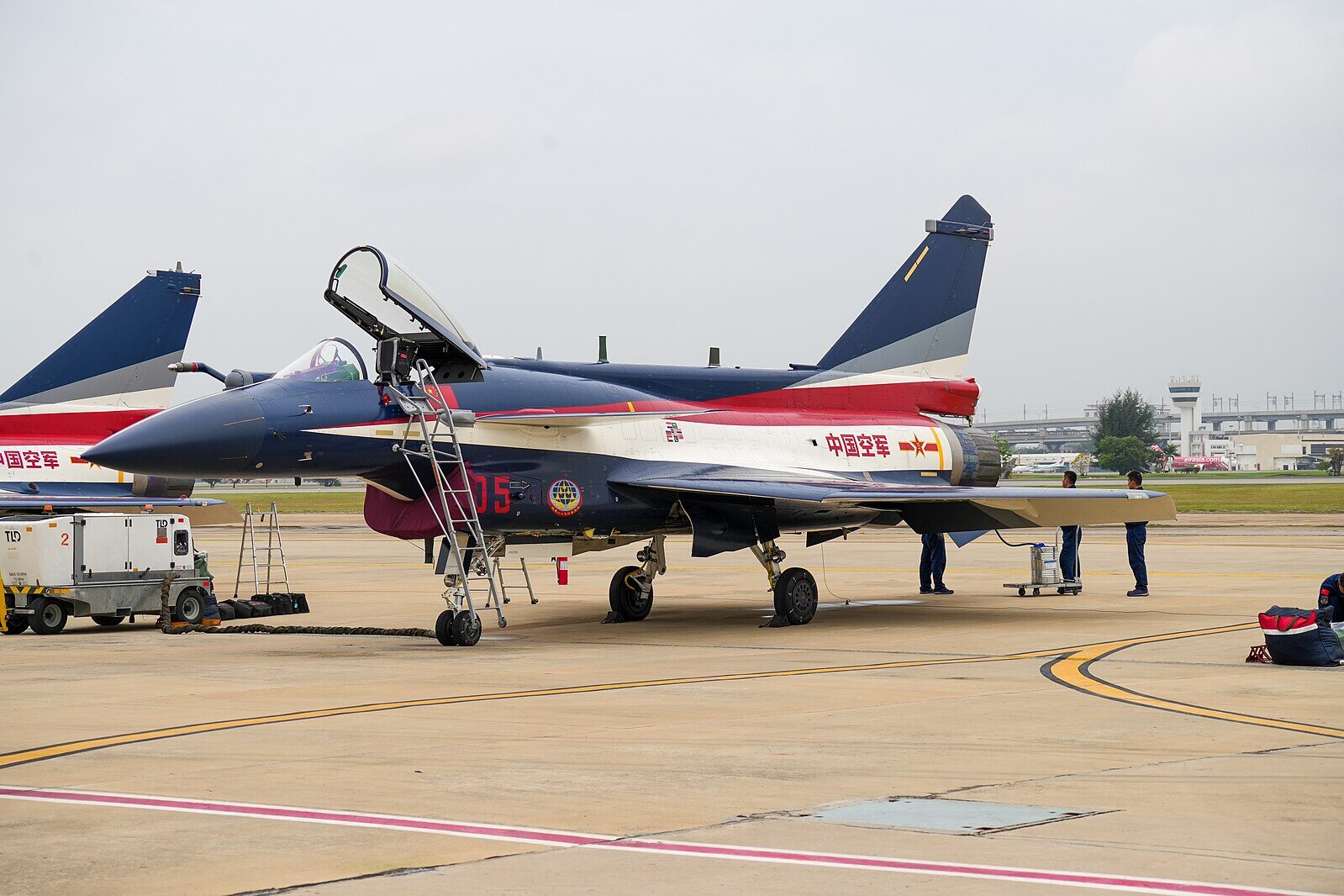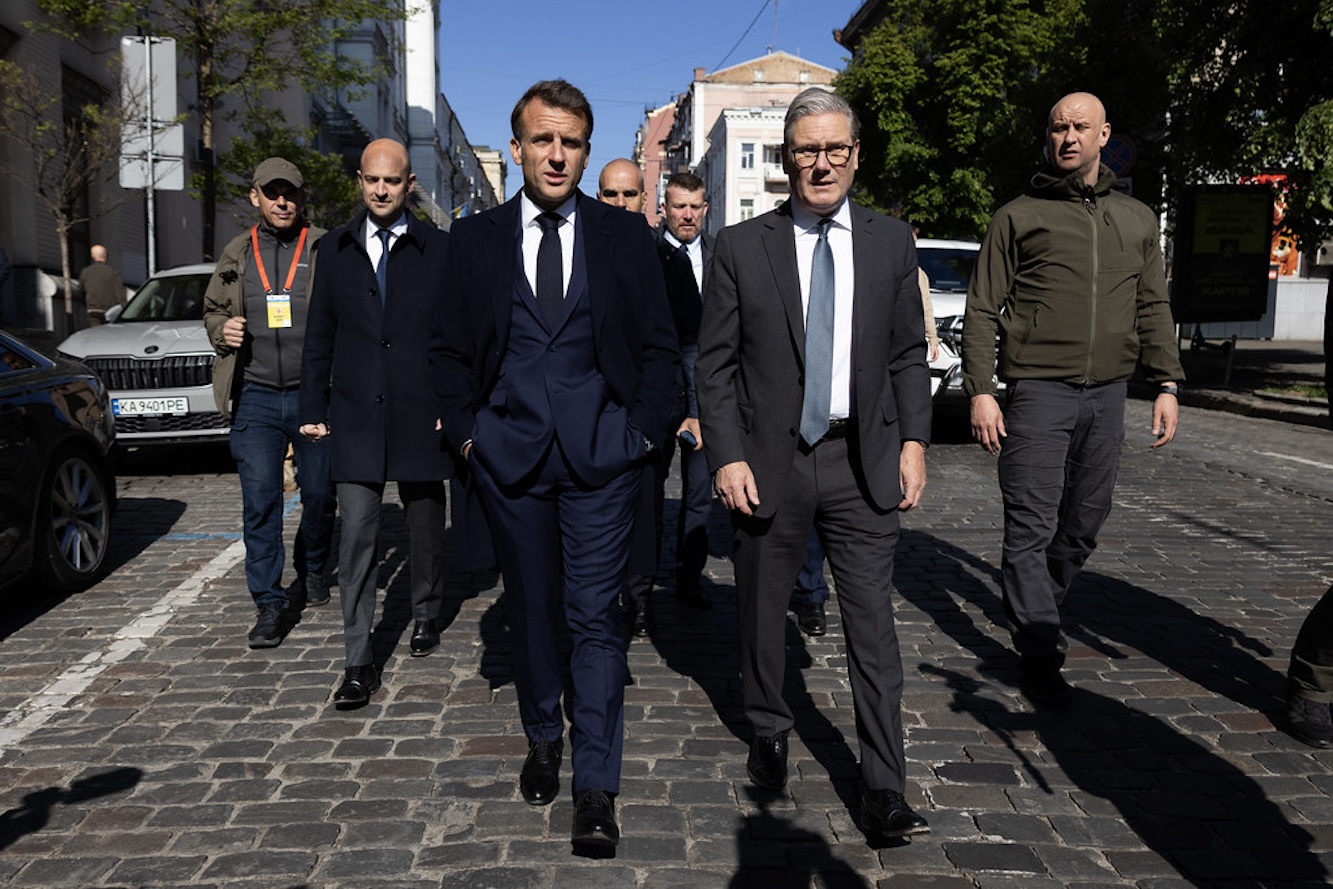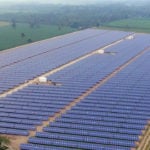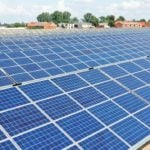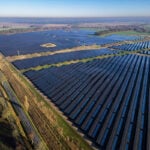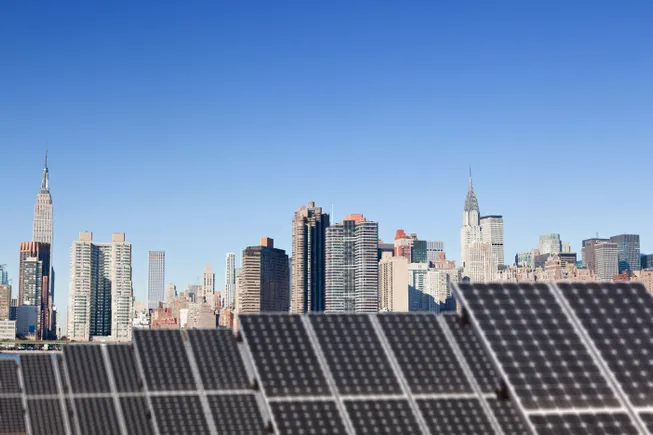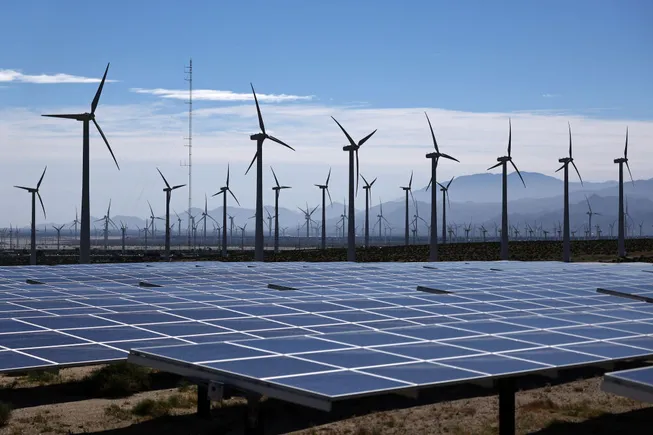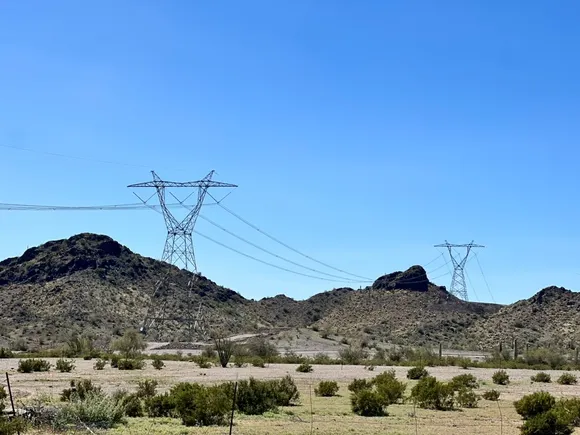Ukraine peace efforts, Trump’s ‘coercive economic statecraft’ tests Indo-Pacific stability: IISS report
“The return of Trump for a second term in the White House has raised the level of anxiety among regional and global policymakers and stakeholders,” the IISS report says.


US President Donald Trump and Russia’s President Vladimir Putin held an historic summit in Helsinki, with Donald Trump promising an “extraordinary relationship” and Vladimir Putin saying it was high time to thrash out disputes around the world. (Photo credit should read ALEXEY NIKOLSKY/AFP via Getty Images)
SINGAPORE — Ukraine may be many thousands of miles from the Indo-Pacific, but its enemy Russia is a major Pacific power, and US President Donald Trump’s ability to craft some sort of peace deal will define “the strategic capital and credibility of the administration in other parts of the world, from the Middle East, South Asia to Northeast Asia.”
That is the conclusion of the annual report, the “Asia-Pacific Regional Security Assessment,” published today by the London-based International Instititute for Strategic Studies. It was released before the high-profile gathering here of the defense chiefs from across the Indo-Pacific, as well as from the US and further afield, known as the Shangri-La Dialogue. It officially begins Friday.
“The return of Trump for a second term in the White House has raised the level of anxiety among regional and global policymakers and stakeholders,” the report says. “Furthermore, the use of what perhaps can be described as coercive economic state-craft by Washington, whether through tariffs on some imported goods, or pushing for port control changes in Panama and access to rare earth minerals in Ukraine, will raise further questions regarding the international economic-security order as well.”
The report also contends that Trump’s “role in the Israeli–Palestinian conflict moving forward will also be an important litmus test for many across the Middle East and beyond. Some Asia-Pacific countries like Indonesia and Malaysia might even see that role as a litmus test on whether they can publicly work with the Trump administration, given how the conflict has strongly resonated in these countries.”
This is taking place at a critical moment in the Indo-Pacific, “as the regional-security environment has gradually deteriorated — from the South China Sea to the Taiwan Strait, the Korean Peninsula and beyond,” over the last decade, the report concludes.
“Some countries, such as Australia, Japan and the Philippines, may double down on their military alliance with the United States and boost their defense capabilities, while other countries, such as Indonesia, Malaysia or Vietnam, may assume less competitive postures and double down on strategic engagement with China instead,” the authors say. “Domestic politics in Australia and Japan could also elevate their threat assessment of China on the one hand, but they could also downplay the threat on the other, like in Indonesia and Malaysia.”
One of the ways these second and third tier military powers are trying to cope — beyond basic alliances and diplomacy — is weapons purchases, in a region where the report says “a high degree of protectionism continues to dominate Asia-Pacific defense-industrial policies.” Many of these countries hope to use “partnerships that provide significant offset benefits to help them move up the ladder of defense production.” Offsets are benefits such as the hiring of local workers to build weapons and their components, helping to build workforces with advanced skills over time.
In particular, the report says, many Southeast Asian countries “have codified defense-industrial offset policies as part of their long-term military modernization plans.” European countries have long used offsets to counter global American weapons sales.
In the Indo-Pacific, the report notes, “such offset policies could also provide these European companies with a qualitative ‘edge’ against their rival American ones in some defense markets like Southeast Asia. New defense-industrial actors from the Gulf Arab states, primarily Saudi Arabia and the UAE, have also recently started to make inroads in the region, even if they are relatively new at the game compared to established European companies.”
India has recently joined the relatively small number of countries exporting home-grown weapons.
“While India may still lag behind established Chinese, Japanese and South Korean companies, it hopes to make inroads in marketing its BrahMos long-range supersonic cruise missile to regional countries,” the report says. That missile was co-developed with Russia, and despite what IISS called its “slow progression,” the missile “could offer important lessons on the challenges of co-development projects.”
Another joint program, this one formed by a partnership between Italy, Japan and the UK, “is an important test case for co-development projects involving both regional and extra-regional countries,” the IISS report says of the Global Combat Air Program (GCAP). The goal is for the partners to develop their own sixth-generation fighter by 2035.
RELATED: GCAP systems partners expect contract by year’s end
The report details more than a dozen less technically advanced partnerships ranging from frigates to light tanks to combat helicopters across Asia, noting how many of the region’s countries either have laws requiring local suppliers and workers or comb through offerings to make sure that they get as much technology and capacity as possible.
















